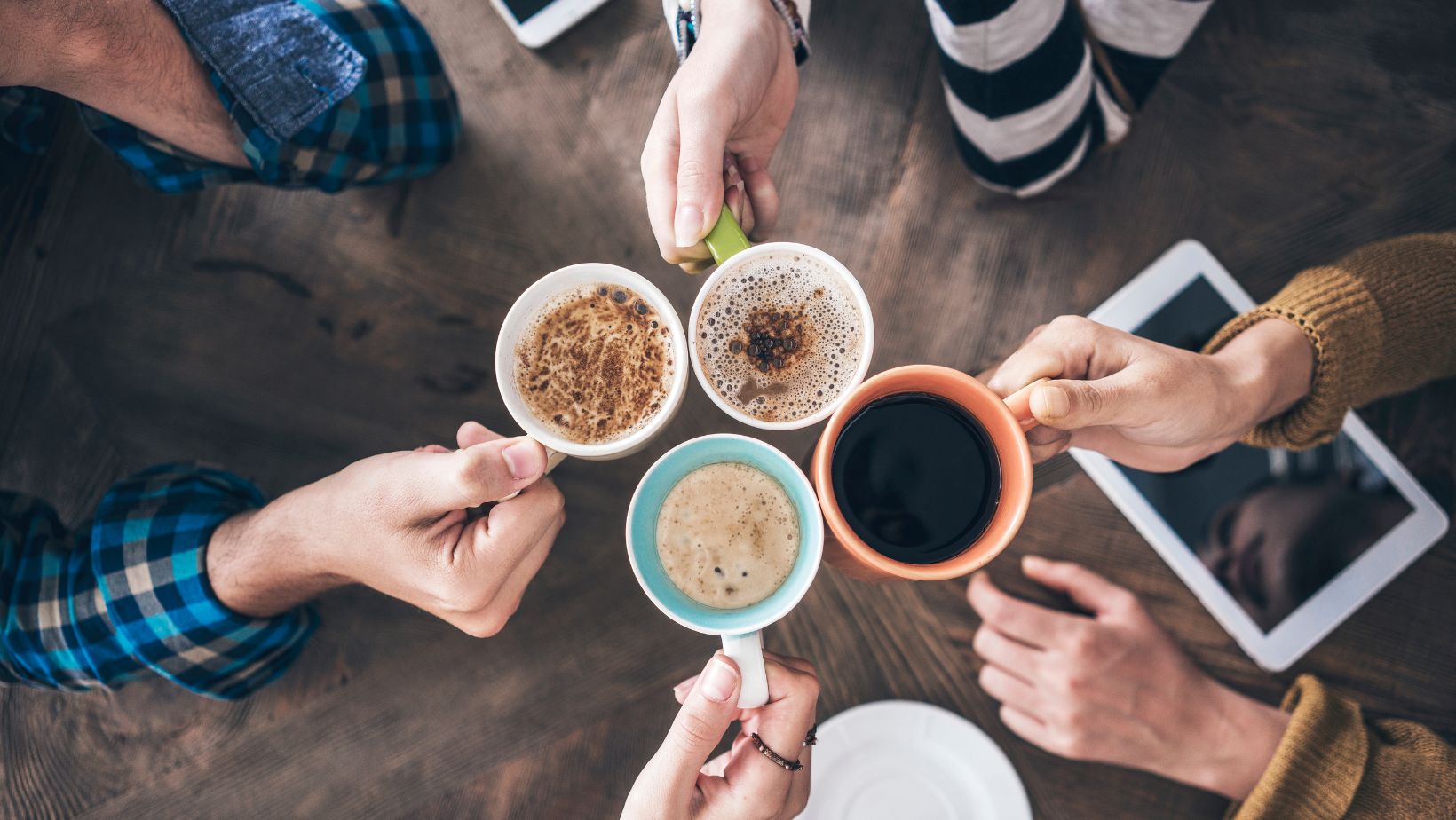
In today’s fast-paced world, coffee remains a staple in the daily lives of millions. Yet, it’s not just about a quick caffeine fix anymore. The current coffee scene is buzzing with innovation and cultural shifts, showing that this beloved beverage is about both tradition and trendy transformations. From the rise of specialty beans to the adoption of sustainable practices, coffee trends are reshaping how people brew, enjoy, and think about their daily cup.
Current Coffee Trends
As the landscape of coffee consumption evolves, it’s essential to delve into the distinct trends that showcase the drink’s ongoing transformation and refinement.
Exploring Third Wave Coffee
 Third Wave Coffee represents a movement toward higher quality, artisanal brewing and coffee production. This approach emphasizes not just the taste but also the sourcing, roasting, and brewing techniques. Third Wave proponents treat coffee beans as an artisanal ingredient rather than just a commodity. This trend elevates the coffee experience by focusing on every stage of production, from the farm to the cup. Cafes participating in this movement often offer extensive brew methods, such as Aeropress, V60, or Chemex, each crafted to highlight unique aspects of the coffee.
Third Wave Coffee represents a movement toward higher quality, artisanal brewing and coffee production. This approach emphasizes not just the taste but also the sourcing, roasting, and brewing techniques. Third Wave proponents treat coffee beans as an artisanal ingredient rather than just a commodity. This trend elevates the coffee experience by focusing on every stage of production, from the farm to the cup. Cafes participating in this movement often offer extensive brew methods, such as Aeropress, V60, or Chemex, each crafted to highlight unique aspects of the coffee.
The Popularity of Single-Origin Beans
Single-origin beans have surged in popularity, becoming a hallmark of modern coffee culture. These beans are sourced from one specific location, offering unique flavor profiles that reflect their growing conditions—soil, climate, and altitude. This specificity allows roasters and consumers to trace the coffee’s provenance, promoting transparency and a deeper connection to the coffee’s origin.
Sustainable Coffee Practices
Farm to Cup: Eco-Friendly Sourcing
 Embracing eco-friendly sourcing, many coffee producers prioritize environmental sustainability from farm to cup. This approach encompasses the use of organic farming techniques, which eliminate the need for synthetic pesticides and fertilizers, thus preserving natural resources and promoting biodiversity. For instance, shade-grown coffee not only reduces deforestation but also supports wildlife habitats. Coffee brands often collaborate with local farmers to ensure fair trade practices, securing a sustainable livelihood for growers. Moreover, these partnerships often aid community development projects, such as building schools and health facilities in farming regions.
Embracing eco-friendly sourcing, many coffee producers prioritize environmental sustainability from farm to cup. This approach encompasses the use of organic farming techniques, which eliminate the need for synthetic pesticides and fertilizers, thus preserving natural resources and promoting biodiversity. For instance, shade-grown coffee not only reduces deforestation but also supports wildlife habitats. Coffee brands often collaborate with local farmers to ensure fair trade practices, securing a sustainable livelihood for growers. Moreover, these partnerships often aid community development projects, such as building schools and health facilities in farming regions.
Innovation in Coffee Packaging
Innovation in coffee packaging plays a pivotal role in minimizing the environmental impact of the coffee industry. Leading trends in sustainable packaging include the use of biodegradable materials, such as plant-based plastics and recycled paper. These materials decompose more quickly than traditional plastics, reducing landfill waste. Companies are also adopting minimalist packaging designs, using fewer materials without compromising product integrity. Another significant advancement is the implementation of reusable containers, where consumers can refill their coffee at local stores, dramatically cutting down on single-use packaging waste.
At-Home Coffee Brewing Trends
Rise of Home Brewing Equipment
 Consumers are investing in advanced home coffee brewing machines, reflecting a shift towards more professional-grade equipment. Espresso machines, which once seemed extravagant, have become household staples for many. Devices like single-serve coffee makers, French presses, and sophisticated drip coffee machines are increasingly common in modern homes. Brands such as Breville, Nespresso, and Keurig dominate this market, offering a variety of machines that cater to varying preferences for speed, automation, and control over the brewing process.
Consumers are investing in advanced home coffee brewing machines, reflecting a shift towards more professional-grade equipment. Espresso machines, which once seemed extravagant, have become household staples for many. Devices like single-serve coffee makers, French presses, and sophisticated drip coffee machines are increasingly common in modern homes. Brands such as Breville, Nespresso, and Keurig dominate this market, offering a variety of machines that cater to varying preferences for speed, automation, and control over the brewing process.
Popularity of Specialty Coffee Beans
Driven by a desire to replicate the high-quality coffee served in Third Wave coffee shops, many consumers now purchase specialty coffee beans for home use. Single-origin beans are particularly popular, as they offer unique taste experiences and greater traceability back to their sources. Retailers report an increase in sales of these beans, suggesting that consumers are committed to both quality and sustainability. Specialty beans are typically used with specific brewing methods that highlight their unique flavor profiles, such as pour-over or cold brew setups.
DIY Coffee Brewing Techniques
The interest in do-it-yourself coffee brewing methods has never been higher. YouTube tutorials, coffee-focused blogs, and online courses help individuals master techniques like AeroPress, pour-over, and espresso making at home. This trend is not just about the end product but the enjoyment of the process itself, connecting people more deeply with their daily coffee ritual. As consumers become more educated about coffee brewing, they experiment with factors such as water temperature, grind size, and brewing time to tailor their coffee to their specific tastes.
